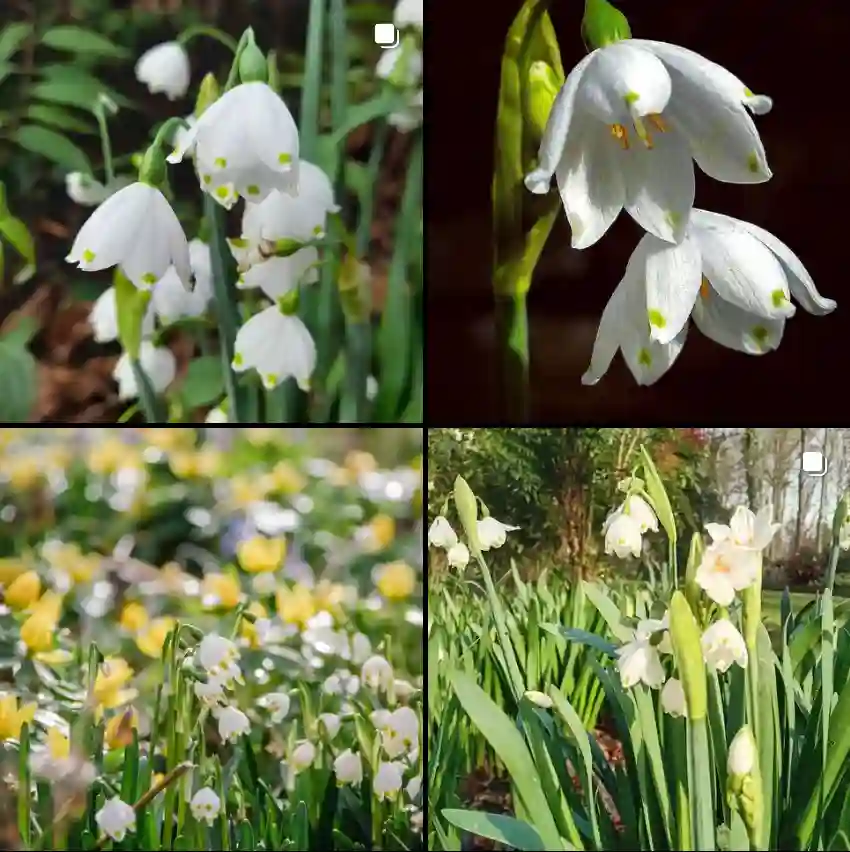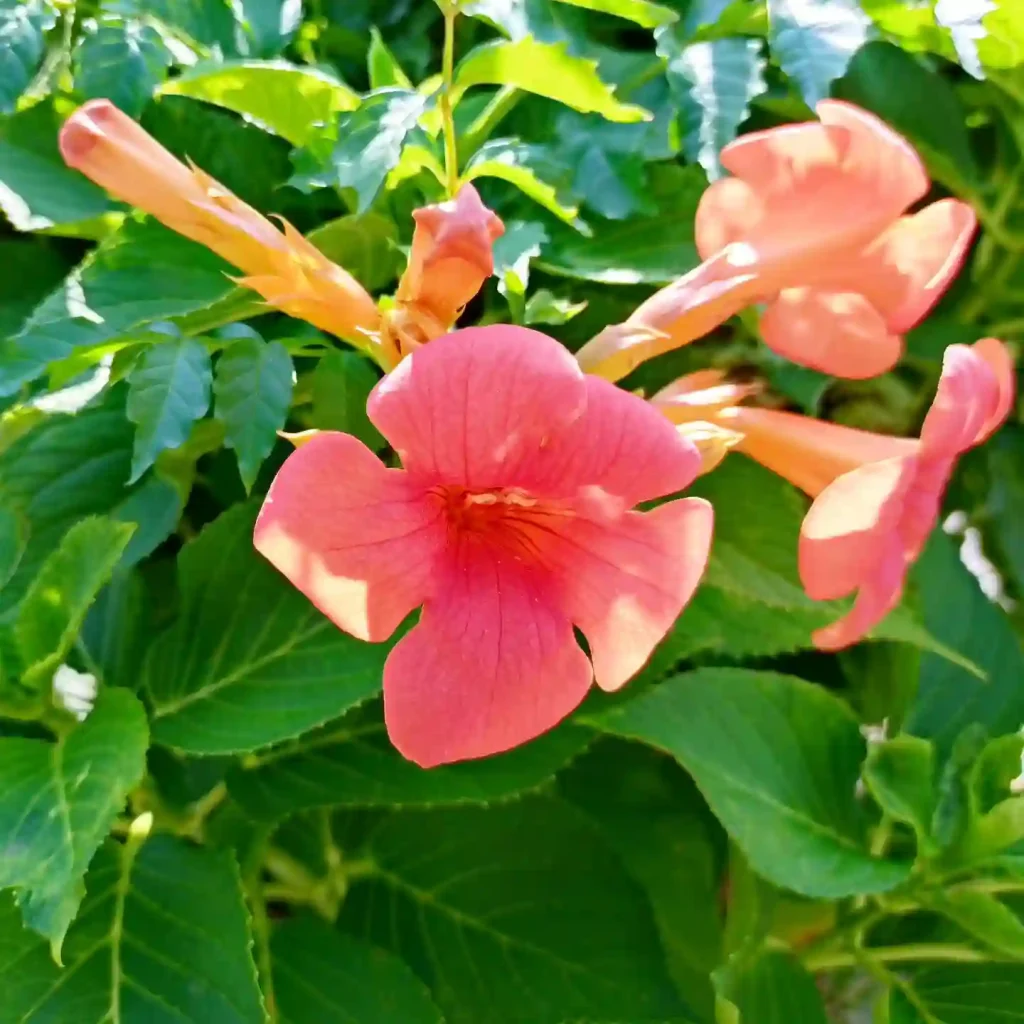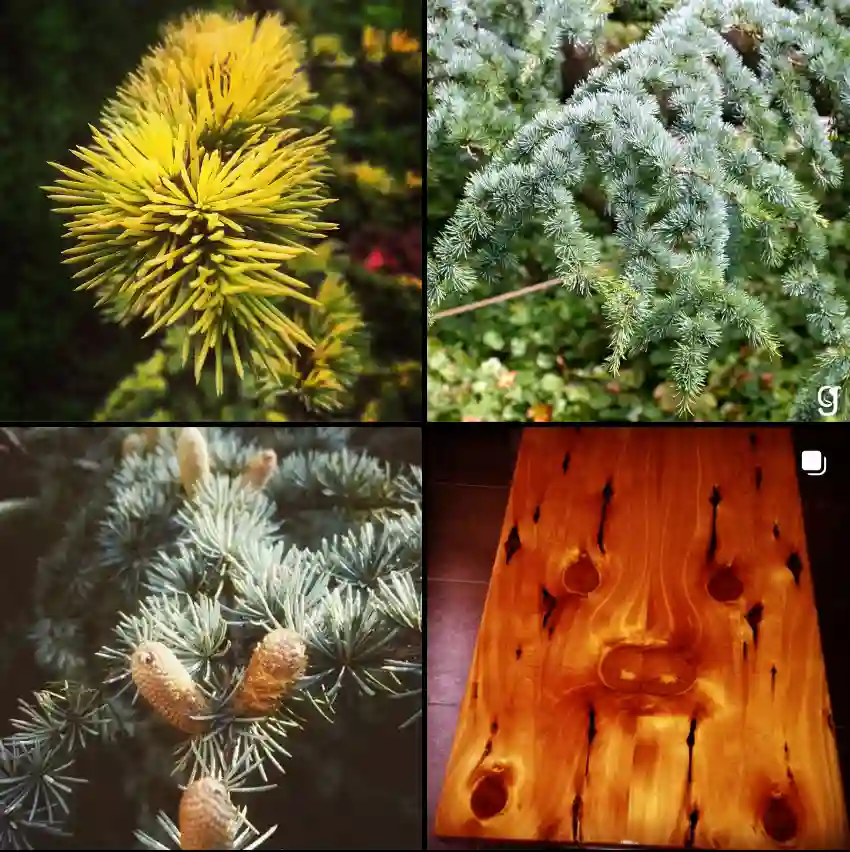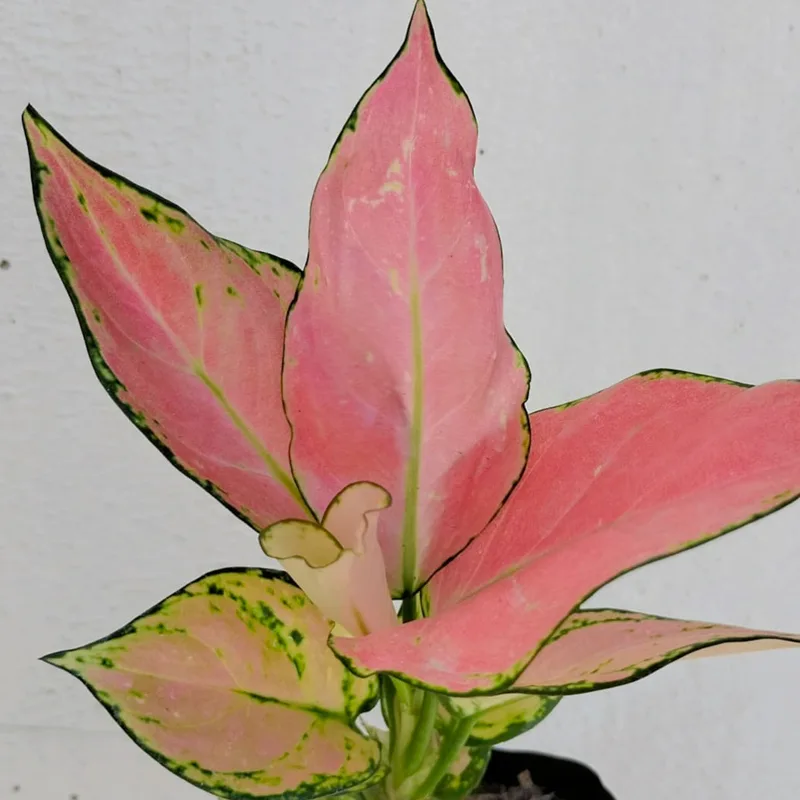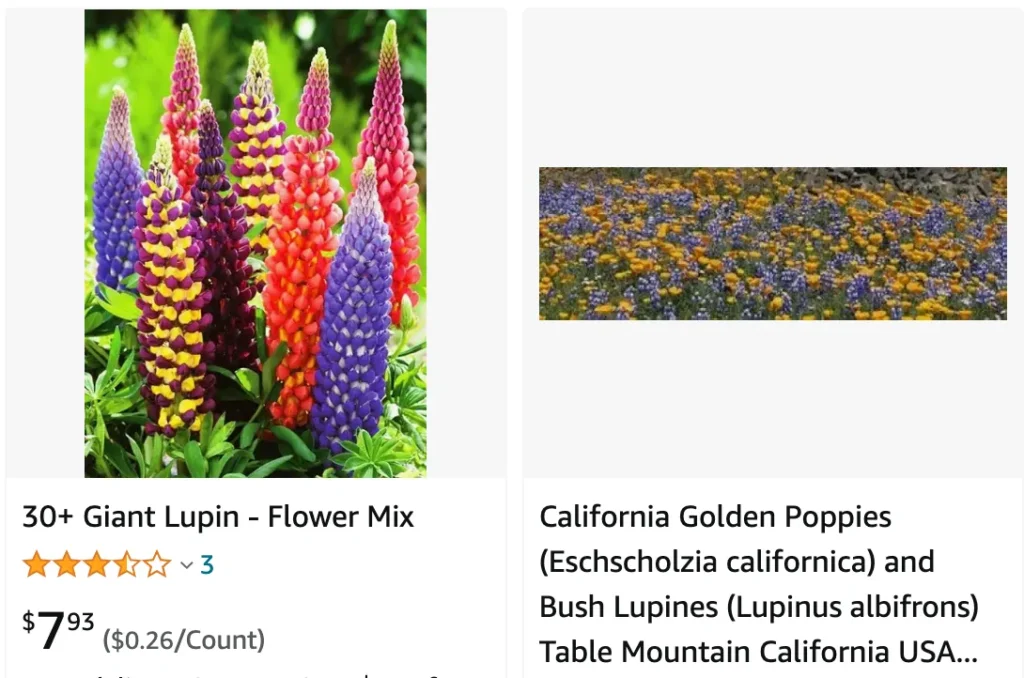
Silver Symphony: The Allure of Lupinus Albifrons
For those who crave a touch of magic in their garden, look no further than Lupinus albifrons, the Silver Lupine. This captivating California native has stolen my heart with its otherworldly beauty and surprising resilience. From its silvery foliage that shimmers under the sun to its vibrant flower spikes, the Silver Lupine is a conversation starter guaranteed to turn heads. But beyond aesthetics, Lupinus albifrons boasts a fascinating story of adaptation, thriving in harsh environments where most would struggle.
585 Species in Genus Lupinus
What is Lupinus albifrons?
Lupinus albifrons, also known as the White-leaf Bush Lupine or Evergreen Lupine, is a perennial shrub native to California and Oregon. It typically reaches a height of 2-5 feet, with a spread of 2-3 feet. Unlike its close relatives, the Silver Lupine is an evergreen, meaning it retains its silvery-green, feathery leaves year-round. This adds a touch of constant vibrancy to your garden, even in the colder months. But the true showstopper arrives in spring, when the Silver Lupine erupts in a symphony of color. Towering flower spikes, reaching up to 12 inches, burst forth in shades of blue, lavender, or even magenta. The pea-shaped flowers, with a hint of fragrance, create a mesmerizing display that attracts butterflies and pollinators, adding another layer of life to your garden.
How Does Lupinus albifrons Adapt to its Environment?
One of the most captivating aspects of Lupinus albifrons is its ability to thrive in dry, sunny environments. This native Californian has evolved several adaptations to weather the harsh conditions:
- Silver Lining: The silvery sheen on its leaves isn’t just for show. It reflects sunlight, preventing the plant from overheating and losing precious moisture.
- Deep Roots: Lupinus albifrons boasts a network of deep roots that delve deep into the soil, searching for any hidden reserves of water.
- Water-Wise Leaves: The feathery texture of the leaves minimizes surface area, further reducing water loss through evaporation.
- Nitrogen Fixation: As a member of the pea family, Lupinus albifrons has the remarkable ability to fix nitrogen from the air. This not only nourishes itself but also enriches the surrounding soil, benefiting other plants.
These adaptations allow the Silver Lupine to flourish in coastal sage scrub, chaparral, and dry meadows, adding a touch of life to even the most challenging landscapes.
How to Care for Lupinus albifrons?
The good news is that bringing the magic of Lupinus albifrons to your own garden is surprisingly simple. Here’s what you need to know:
- Sun Seeker: Mimic its natural habitat by providing your Silver Lupine with a location bathed in full sun.
- Drainage is Key: Well-draining soil is essential. Amend clay soils with sand or gravel to ensure proper drainage.
- Water Wisely: While drought-tolerant, newly planted Lupinus albifrons benefits from occasional deep watering during establishment. Once established, they can survive on minimal rainfall.
- Low Maintenance Marvel: Once established, the Silver Lupine requires minimal care. Avoid overwatering, and feeding is rarely necessary.
How to Propagate Lupinus albifrons?
Sharing the beauty of Lupinus albifrons is easy. Here are two methods for propagation:
- Seed Sowing: Seeds can be sown directly in the fall or early spring. Germination can be slow, so be patient.
- Division: Established Lupinus albifrons can be divided in spring or fall. Simply dig up the plant, carefully separate the root crown, and replant the divisions.
What to Plant with Lupinus albifrons?
The Silver Lupine’s silvery foliage and vibrant flowers make it a versatile companion plant. Here are some ideas:
- Grasses: Ornamental grasses like Stipa tenuissima (Mexican Feather Grass) provide a beautiful textural contrast.
- California Natives: Create a native plant haven by pairing your Lupinus albifrons with other California natives like Salvia spathacea (Hummingbird Sage) or Ceanothus (California Lilac).
- Drought-tolerant Delights: Combine your Silver Lupine with other drought-tolerant beauties like Yarrow or Lavender for a low-maintenance and colorful display.
By incorporating these tips, you can cultivate a thriving haven for your Silver Lupine, ensuring its captivating beauty graces your garden for years to come.
If i die, water my plants!
